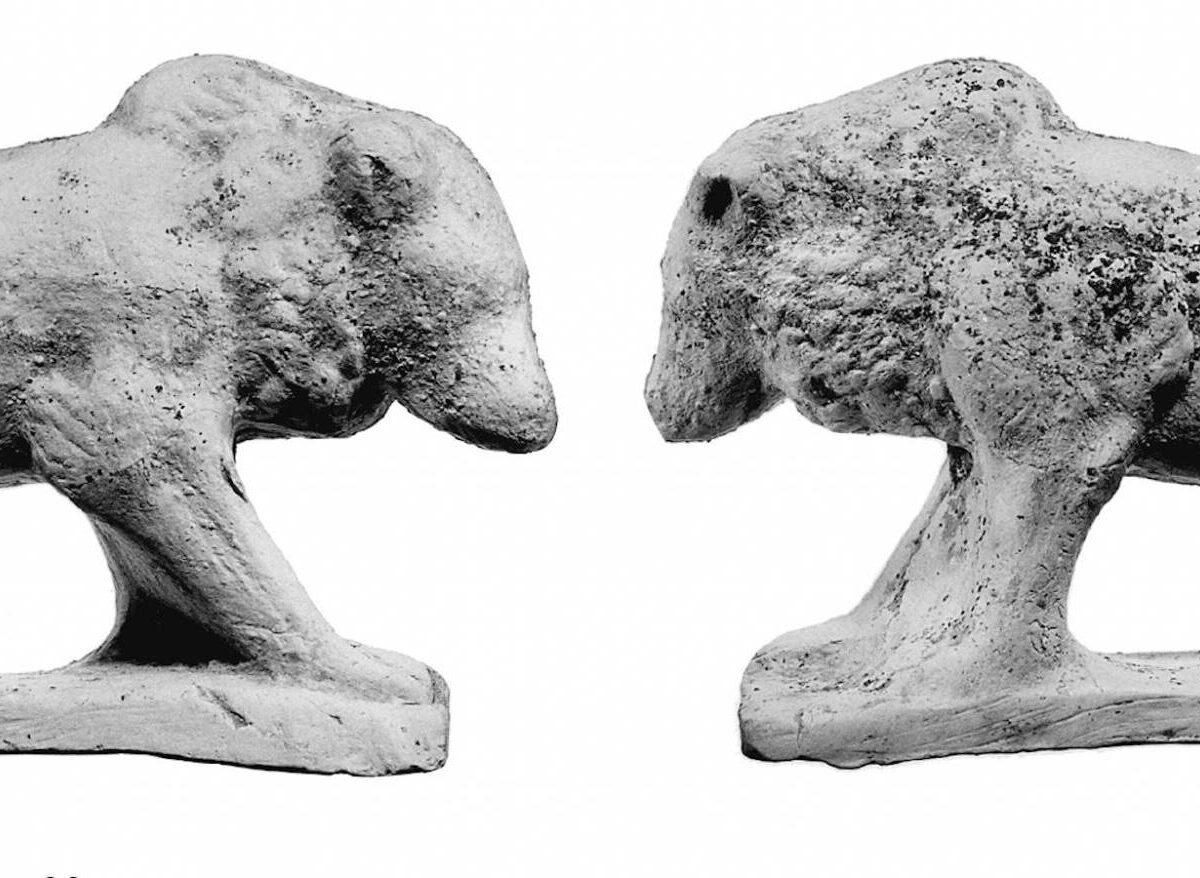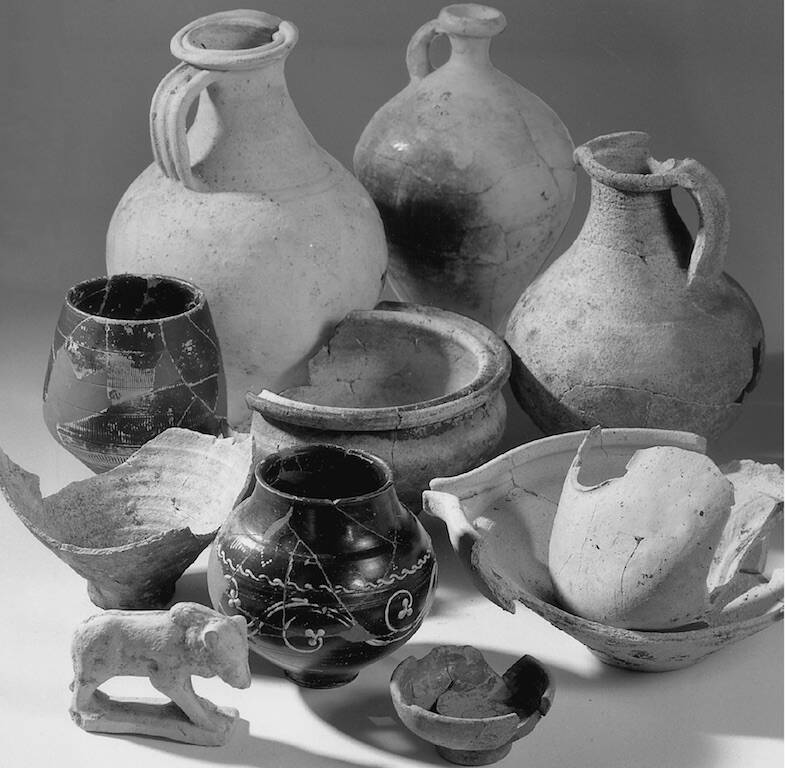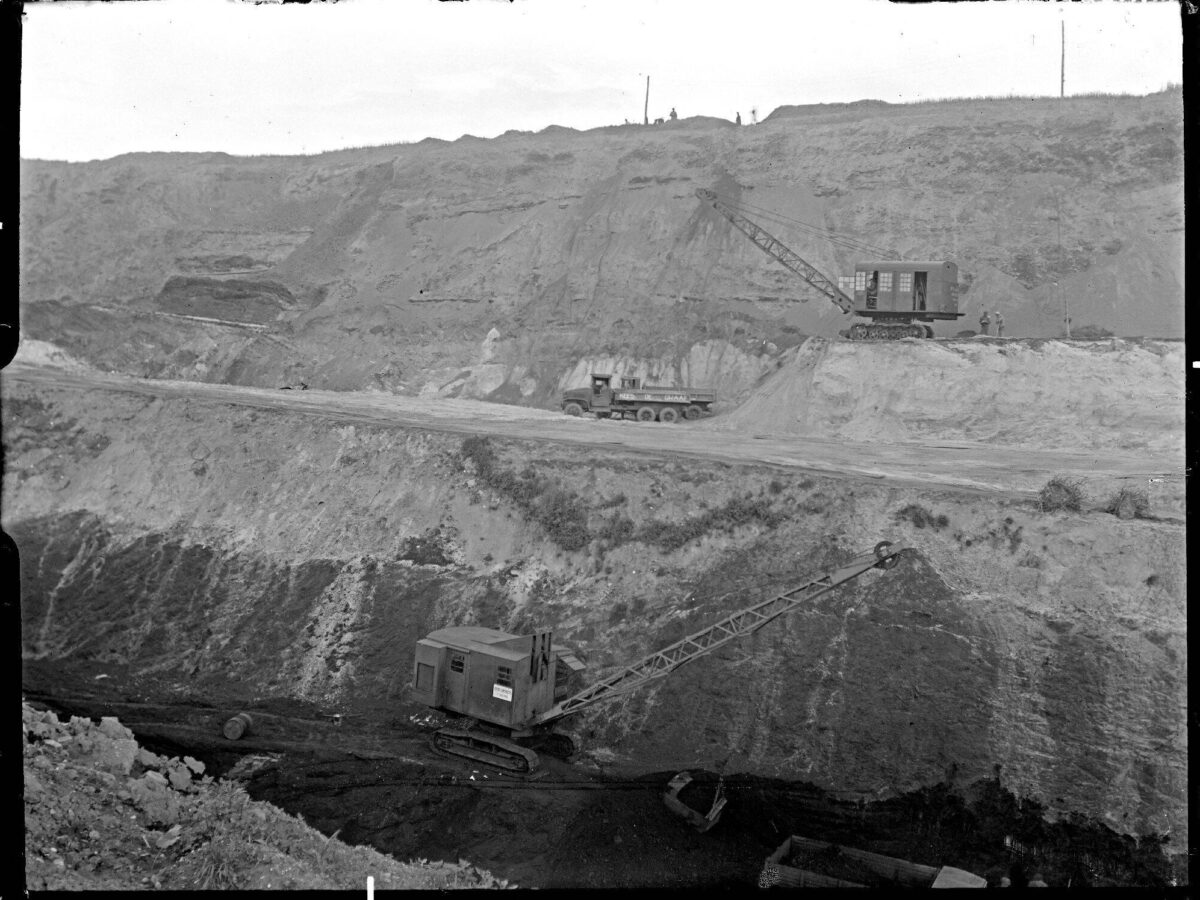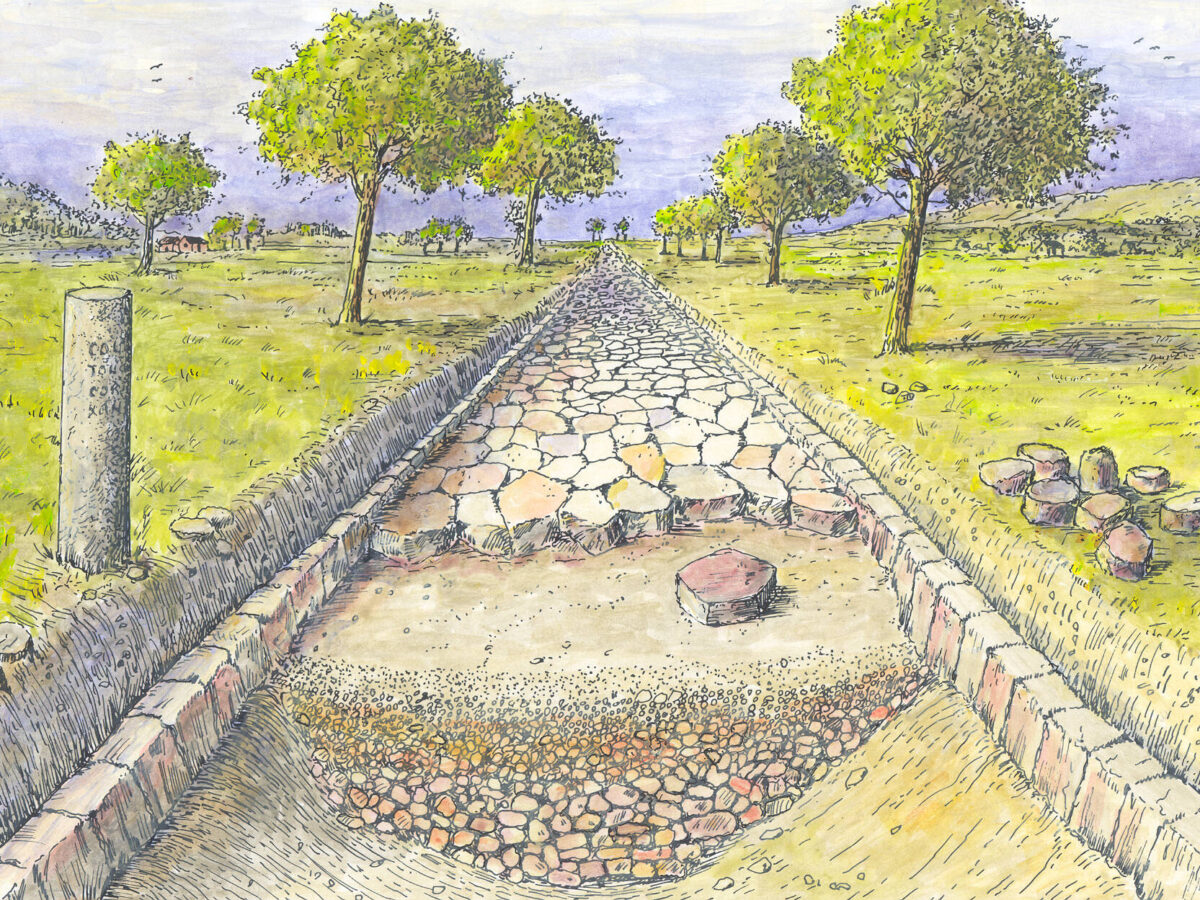Kerkrade Is More Roman Than You Think
Author: Harry Lindelauf
Photography: Rijksmuseum van Oudheden, Rijksdienst Cultureel Erfgoed, Gerard Tichelman

Kerkrade is known for its mines, the Rolduc Abbey, football, and the World Music Contest. Less well known is the city’s rich Roman past, with a series of villae rusticae (farmsteads), milestones, Roman roads, and a find that is unique in the Netherlands.
Let’s start with that unique, little-known discovery: the little bear of Kerkrade. Archaeologists found it in 1997 near the McDonald’s on the industrial estate between Euregioweg, Winckelen, and Heerlenersteenweg. They also found evidence that between 150 and 250 AD there stood a Roman farm with several outbuildings. Four deep wells came to light, along with several pits containing burnt remains and larger pits that may have been used for extracting clay.
Of particular interest is the so-called offering pit, an almost square pit measuring 2 by 1.5 metres, about 1 metre deep when excavated. Inside the pit, nine almost complete pottery vessels were found — and a terracotta figurine of a bear. These figurines were mass-produced using moulds in Cologne, but only one has ever been found in the Netherlands.
Photo: Excavation at Winckelen, Kerkrade, 1997


Why an Offering?
The figurine of the bear refers to the bear goddess Artio, whom the Romans had adopted from the Celts. The question is: why was an offering made to the bear goddess here in Kerkrade? The obvious answer: to gain her favour — and that of those she protected. It is possible that the inhabitants of the villa rustica were troubled by bears.
All the finds at this site indicate that a Roman villa complex once stood here. Unfortunately, the main building has not (yet) been found.
Photo: The “harvest” of the offering pit: pottery jugs, bowls, and small pots. In the foreground on the left, the little bear.
The Best-Studied Villa
That does apply, however, to the large farmstead found in the Holzkuil. On this 250-by-160-metre site near the hamlet of De Vink, close to the edge of the Worm Valley, lies the best-studied — because fully excavated — Roman villa in the Netherlands. The first of its 25 buildings was constructed around the year 70, followed by expansion and renovation until about 270 AD. It was probably an invasion by enemy tribes that brought the villa’s story to an end.
At its height, Villa Holzkuil was a classical Roman estate with a stone main building, bathhouse, and numerous outbuildings. The site also contained two wells and two ponds, all enclosed by ditches and fencing. Remarkably, the bathhouse and a small cellar have been well preserved. Finds show that the owners of the farm were prosperous: luxury pottery (terra sigillata), cloak pins from Mainz, and jewellery were discovered.
After the ten-month excavation, all remains were reburied. The location is now marked by an Archeopoint.
Photo: The Holzkuil in Kerkrade

From Schouffertsbos to Vrouwezijp
Across the entire loess belt of South Limburg, around 70 Roman farmsteads have been found to date. Kerkrade also plays its part, as in addition to Villa Holzkuil, the following villas are known:
- Krichelstraat, Spekholzerheide – also unique in the Netherlands: here you can view the wall remains of the main building, which measured 51.5 metres long and 21.8 metres wide and included a kitchen-living room, living and working areas, and stables.
- Klein Graverstraat–Romeinenstraat.
- Near the Overste Hof farm in Strijthagen.
- On the De Beitel industrial estate, a granary belonging to a villa was discovered; the villa’s remains lie beneath the N281.
- In the Boijensbos in Eygelshoven, the remains of Villa Schouffertsbos lie hidden.
- And, like Villa Holzkuil on the edge of the Worm Valley near Rolduc, the Vrouwezijp villa remains.

Milestones, Urns, and Roman Roads
Kerkrade’s Roman story does not end there. The modern city lies nestled between the Via Belgica, which ran through or directly alongside Eygelshoven, and the Via Traiana. Here is what else has been discovered:
- Remains of two milestones in the wall of the old church of St. John the Baptist (Johannes de Doper) in Eygelshoven.
- Around the corner from the church: wall remains of a building and a bathhouse on Schovetweg.
- The road surface of the Via Traiana, the Roman road that connected Trier via Aachen and Heerlen with Xanten, found near the Locht railway bridge.
- A cemetery on the site of the former brown coal mine Herman in Eygelshoven, not far from the dwelling remains on Schovetweg. Remarkably, after nearly 2,000 years, the site is once again a (natural) burial ground.
- A burial field in the Kolverenbos between Eygelshoven and Rimburg.
Photo: The former Herman brown coal mine in Eygelshoven, where a Roman urn field was discovered.

